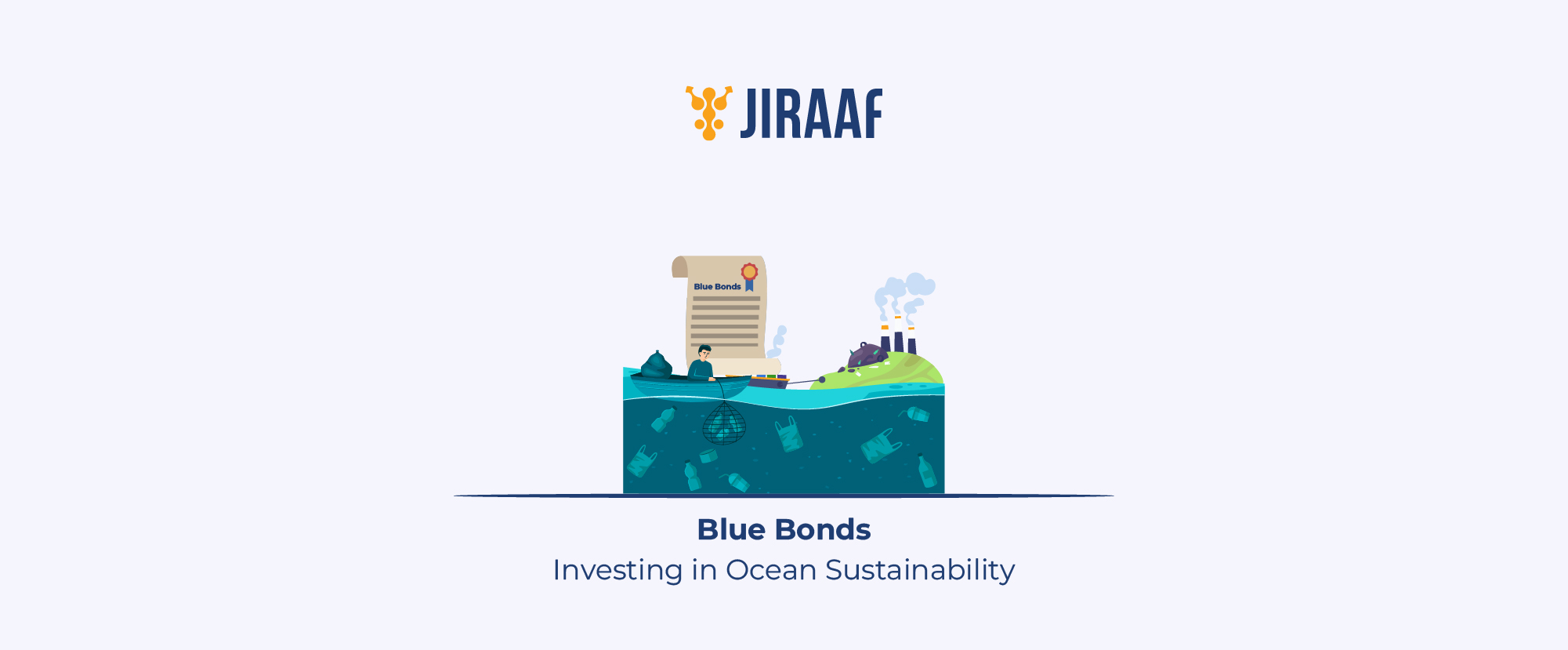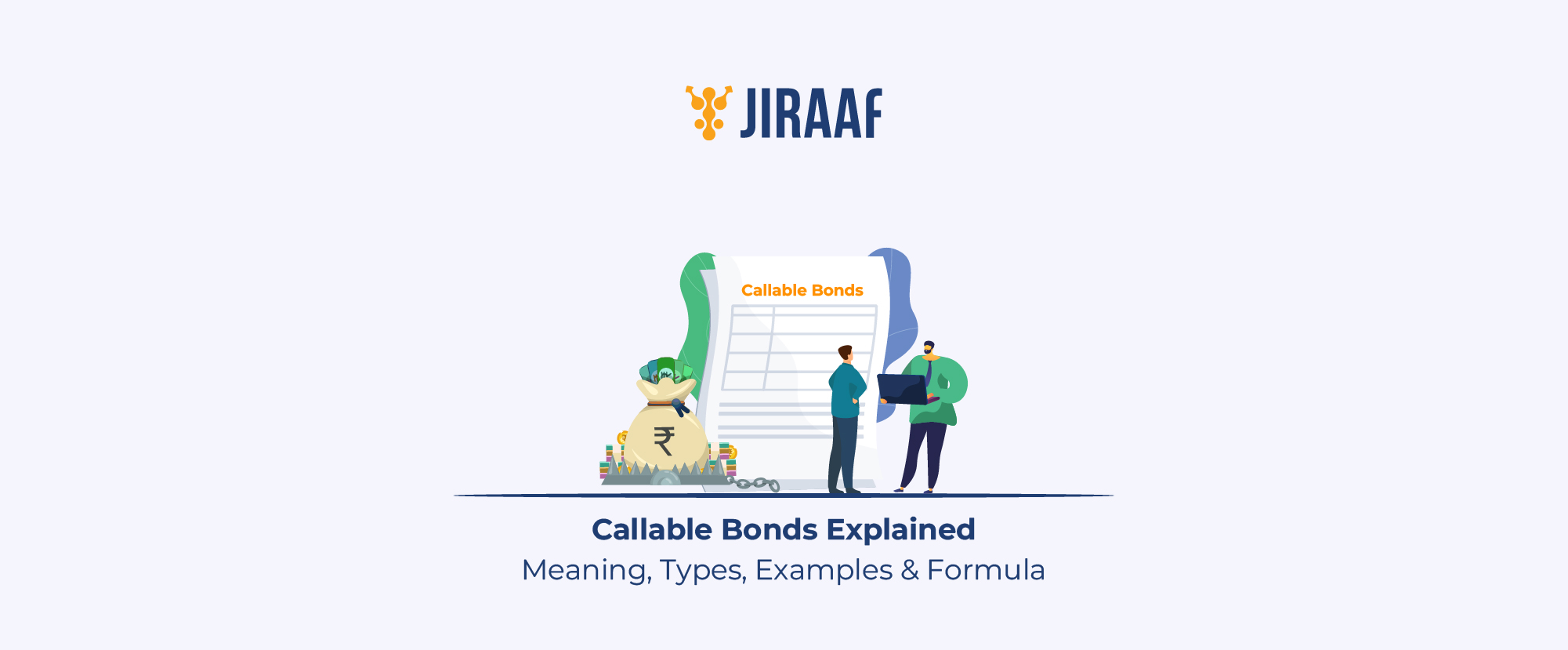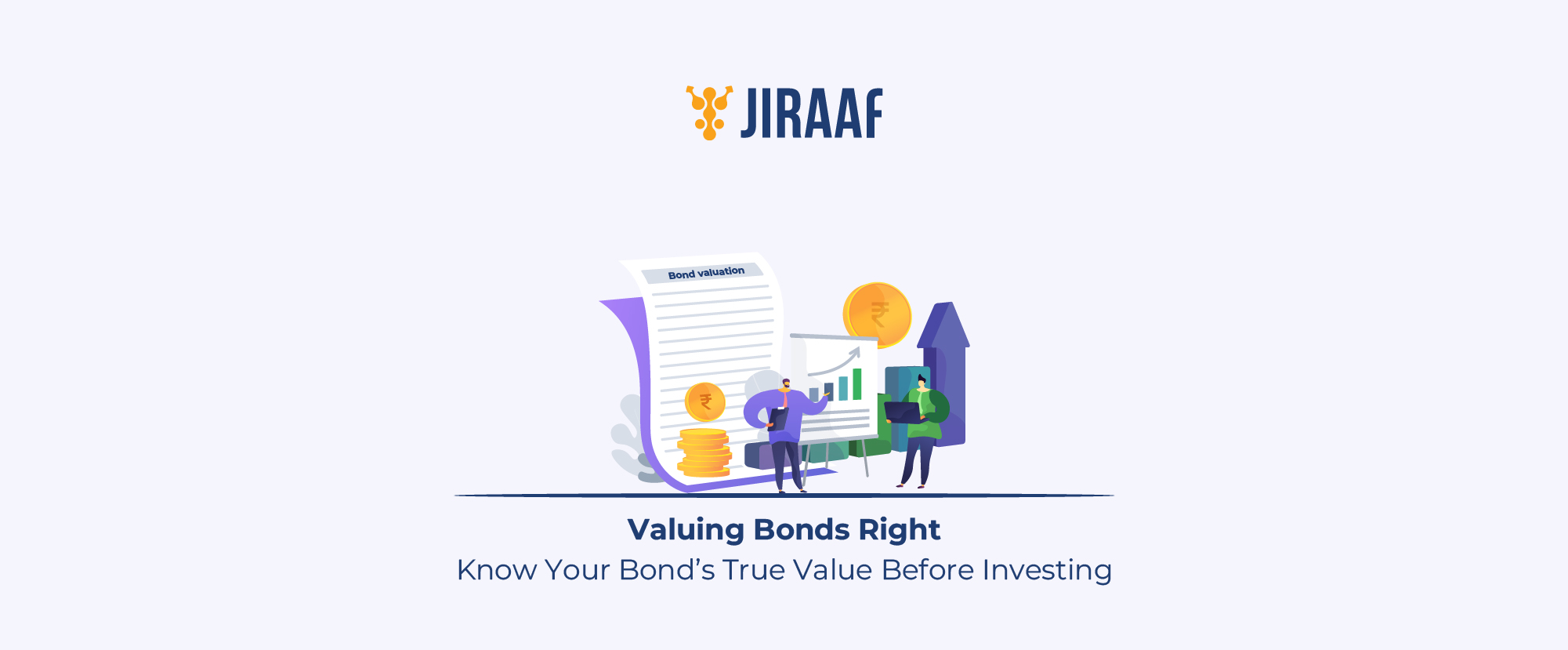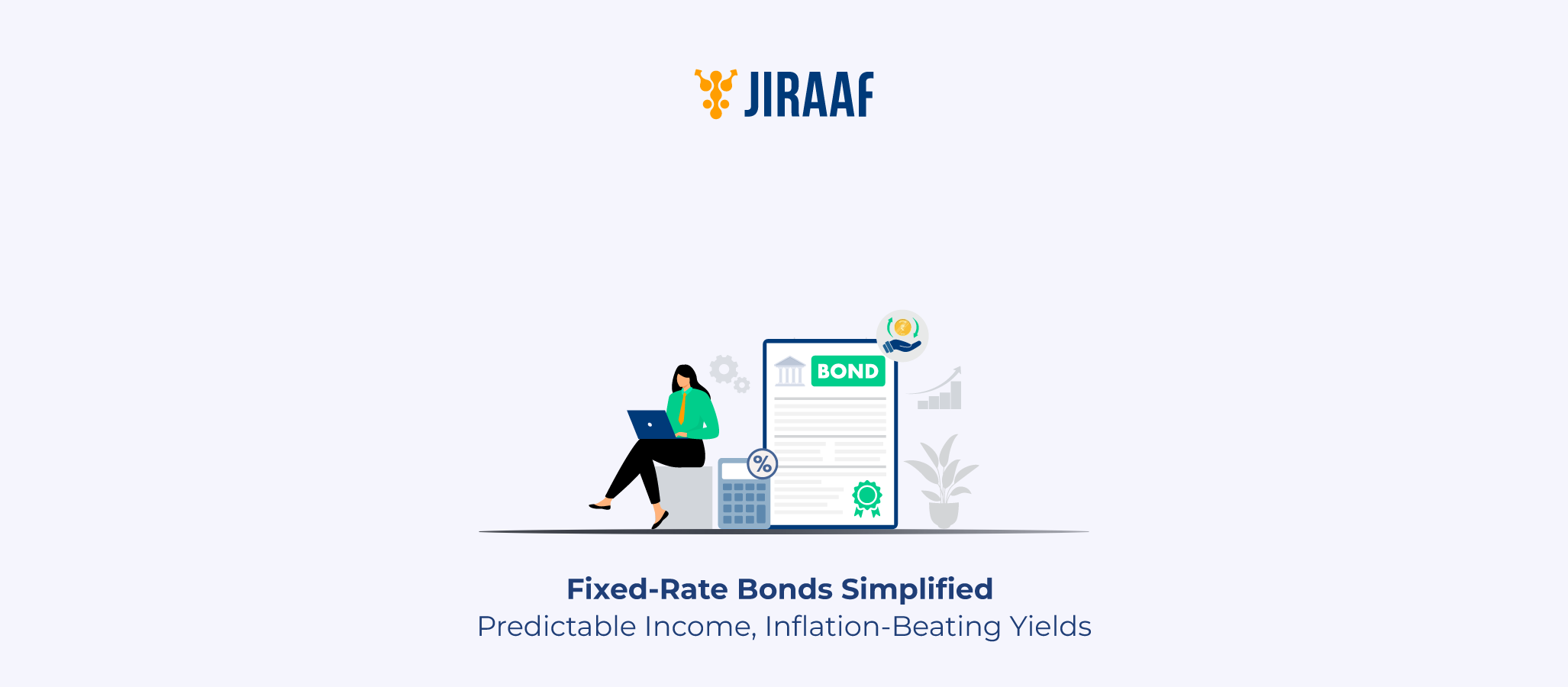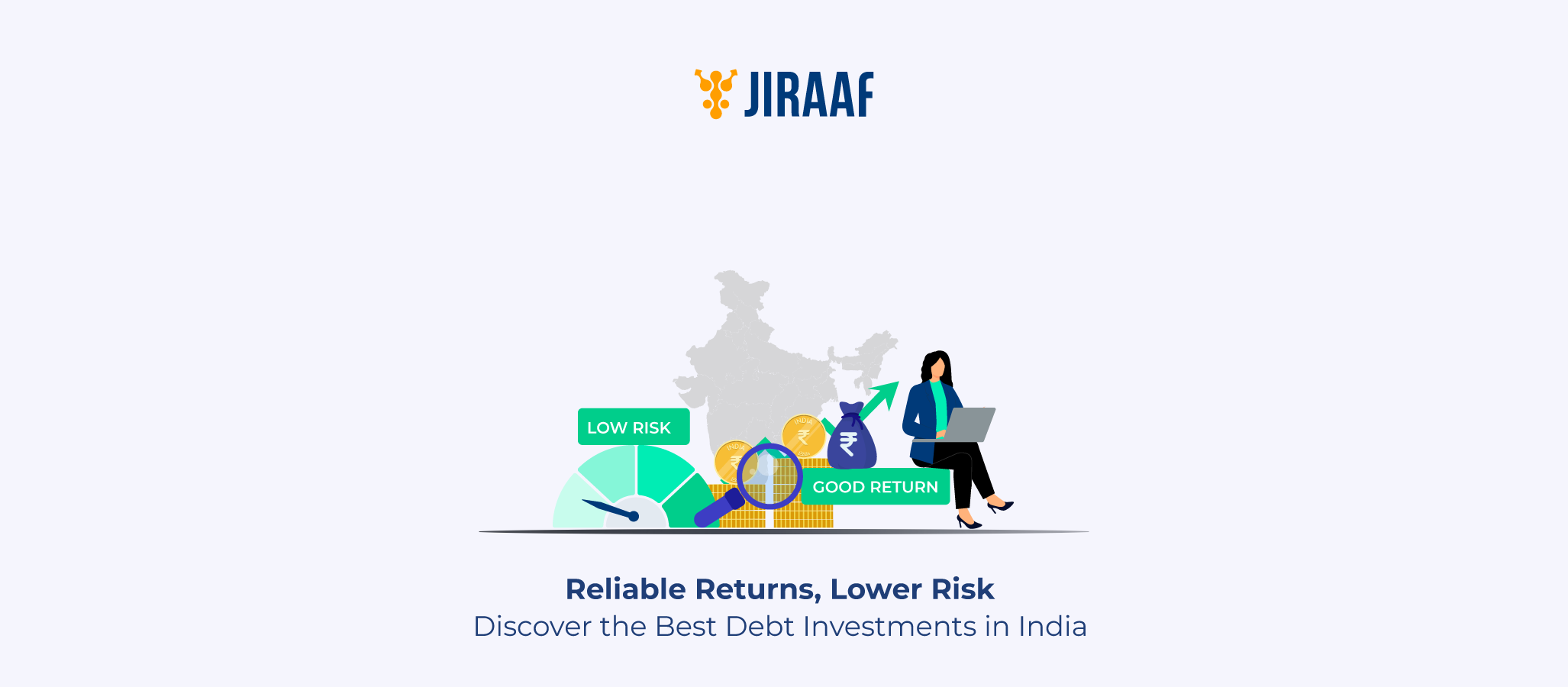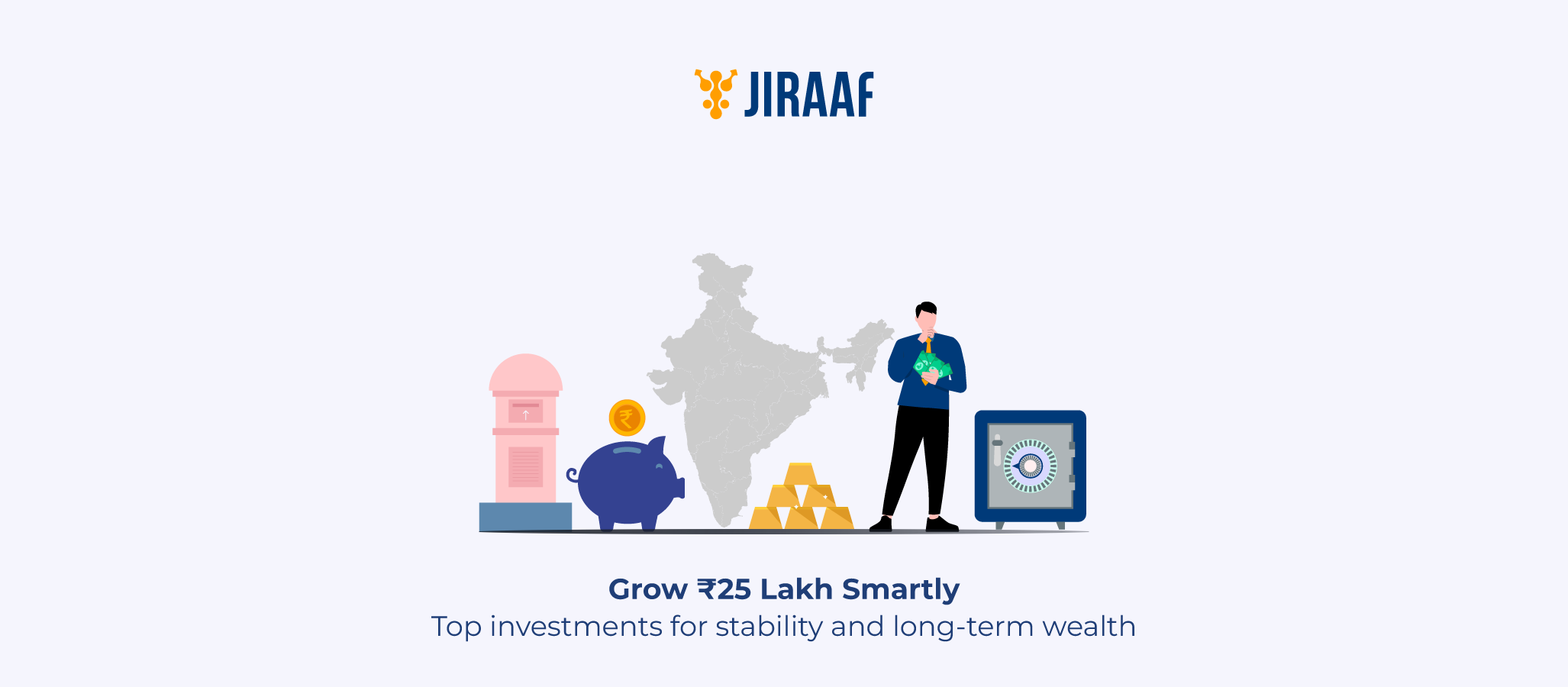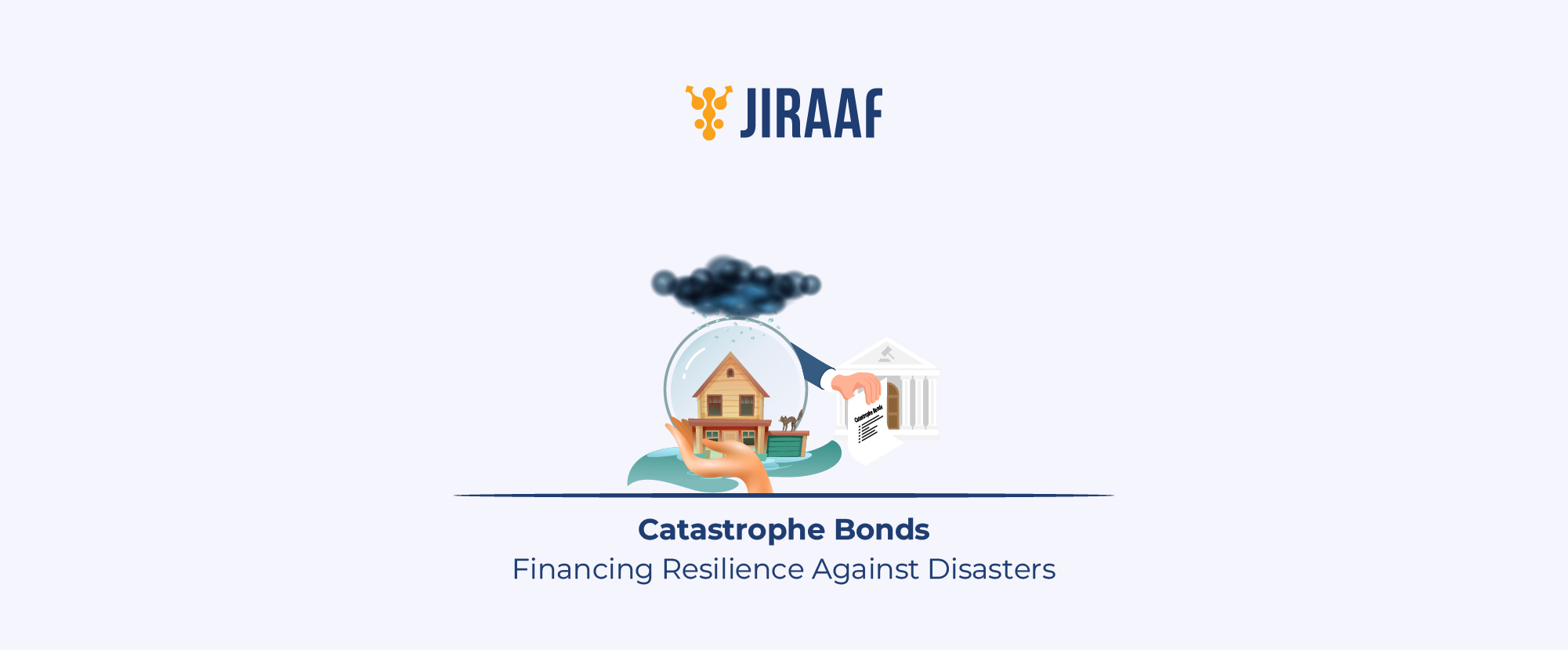Capital markets have evolved to address most pressing challenges of our time, climate and resource sustainability. While climate initiative securities, such as green bonds, have been around since 2007 globally, a new subtype of these securities has emerged with a different purpose: protecting and improving the planet’s marine resources.
Blue bonds are a type of green bond issued specifically to raise funds for marine and ocean projects. The first-ever batch of blue bonds was issued in 2018, raising $15 million in the process.
As investors and institutions around the globe explore these bonds, understanding their meaning, purpose, and impact becomes crucial. In this blog, we will discuss what blue bonds are, who issues them, how they work in sustainable finance, and much more. Let’s dive in.
What is a Blue Bond?
Blue bonds are a relatively newer type of green bonds. These sustainability bonds support projects aimed at the betterment of oceans and blue economies. Governments and development banks issue blue bonds specifically for initiatives supporting marine conservation and sustainable water management. In a nutshell, the funds from blue bonds are typically used for projects such as:
- Expanding and protecting marine reserves
- Improving water and waste management systems
- Restoring coastal ecosystems
- Reducing flood and climate-related risks
Just like traditional bonds, blue bonds have a straightforward cash flow structure wherein investors lend money to the issuer, who promises periodic interest and pays back the principal amount at maturity. The returns generated on these bonds often come from sustainable blue economy enterprises.
Purpose and Importance of Blue Bonds
Blue bonds help to channel capital into protecting and restoring marine ecosystems while supporting sustainable economic growth. They provide a structured way to fund projects that maintain the health of oceans and water resources while delivering financial returns to investors. Here are five key points on the importance of blue bonds:
- Financing Marine Conservation: Blue bonds fund projects like marine reserve expansion, coral reef restoration, and protection of endangered species.
- Promoting Sustainable Blue Economies: They enable investments in fisheries, aquaculture, coastal tourism, and other activities that generate income without harming ecosystems.
- Reducing Climate-related Risks: Funds raised help improve water management, prevent flooding, and build resilience against rising sea levels and ocean warming.
- Encouraging Responsible Investments: By linking returns to measurable environmental outcomes, blue bonds attract ESG-focused investors seeking both impact and profit.
- Supporting Global Sustainability Goals: Blue bonds align with UN Sustainable Development Goal 14 (Life Below Water) and play a crucial role in preserving marine biodiversity for future generations.
These bonds address the most challenging issues for the welfare of the marine ecosystem. The next natural question to come is who are the issuers of these bonds?
Who Issues Blue Bonds?
Blue bonds are generally issued by governments, development banks and corporations of nations who want to raise capital for marine conservation and sustainable ocean projects. These issuers use the raised funds to promote initiatives that protect water resources, support blue economies and drive environmental sustainability initiatives.
How do Blue Bonds Work in Sustainable Finance?
A blue bond issuer borrows money from investors and commits to repaying it with interest. To do this, they need a clear source of revenue, either from the funded project itself or other income streams.
For example, the Asian Development Bank (ADB) follows a “use of proceeds” model. Under this, funds raised from blue bonds are invested in projects that can generate financial returns. ADB’s first blue bond, issued on 10 September 2021, is a good example of this approach. Similarly, the Bank of China and the Nordic Investment Bank have also issued blue bonds under the same model.
Talking about issuance of blue bonds, there are many other global examples of these bonds. Let us take a look.
Global Examples of Blue Bonds Issuance
Here are 3 global examples of blue bond issuances:
1. Republic of Seychelles: The World’s First Blue Bond (2018)
The first-ever blue bond issued by the Republic of Seychelles in 2018 raised $15 million. The funds were used to support sustainable fisheries, improve marine biodiversity, and develop ocean-based economic activities. This landmark issuance set the foundation for how blue bonds can be used to balance economic growth with environmental protection.
2. The World Bank & Republic of Fiji: Climate-Resilient Oceans (2023)
In November 2023, Fiji launched its maiden Sovereign Blue Bond, raising FJD 20 million across three- and fifteen-year tenors at 1% and 4.2%, respectively. Partnering with UNDP and the UK’s Blue Planet Fund, the bond funded coastal protection, aquaculture, “Blue Town” planning, and waste management.
Institutional and retail investors participated via Fiji’s stock exchange under clear disclosure standards, demonstrating that blue bonds can mobilize private capital for sustainable ocean development while promoting resilient blue-economy growth, echoing the pioneering examples set by Seychelles in 2018.
3. The Republic of Belize: Ocean Conservation Debt Swap (2021)
A blue bond issued by the Republic of Belize in November 2021 raised over $364 million through an innovative debt-for-nature swap. The funds were allocated to protecting marine ecosystems, expanding conservation zones, and strengthening climate change adaptation measures. This deal was widely celebrated for its unique structure and large-scale impact on ocean sustainability.
Blue Bonds vs Green Bonds: What’s the Difference?
| Attribute | Blue Bonds | Green Bonds |
| Primary Focus | Finance projects related to oceans, marine resources, and blue economies | Finance climate-friendly and environmental sustainability projects across sectors |
| Use of Proceeds | Marine conservation Sustainable fisheries Water management Coastal protection | Renewable energy Clean transportation Green buildings Pollution control |
| Investment Scope | Limited to projects impacting oceans and aquatic ecosystems | Covers multiple environmental and climate-related projects |
| Market Origin | First issued by Seychelles in 2018 | First issued by the European Investment Bank in 2007 as ‘Climate Awareness Bond’; First green bond was issued by the World Bank in partnership with SEB in 2008 |
Can you Invest in Blue Bonds in India?
SEBI is creating a regulatory framework to recognize blue bonds, debt instruments funding marine conservation, sustainable fisheries, and ocean-based renewable energy, as a distinct category under its Non-Convertible Securities Regulations. Following its 2022 consultation on green and blue bonds, SEBI has proposed eligibility, disclosure, and listing norms to ensure transparency and investor protection.
Blue bonds can mobilize capital for India’s coastal communities, support fishers’ livelihoods, and protect biodiversity in regions like Lakshadweep and Andaman & Nicobar. Retail investors will soon access these bonds via NSE/BSE or the RBI’s Retail Direct platform, enabling household participation in India’s ocean economy.
Conclusion
Blue bonds mark a turning point in how capital markets can respond to some of humanity’s biggest sustainability challenges. The real value of these bonds lies in their ability to direct private capital toward public good, where both ecosystems and blue economies thrive together.
For investors, this creates a rare dual opportunity: earning competitive returns while actively financing the health of oceans, a resource that underpins global trade, climate stability, and food security.
